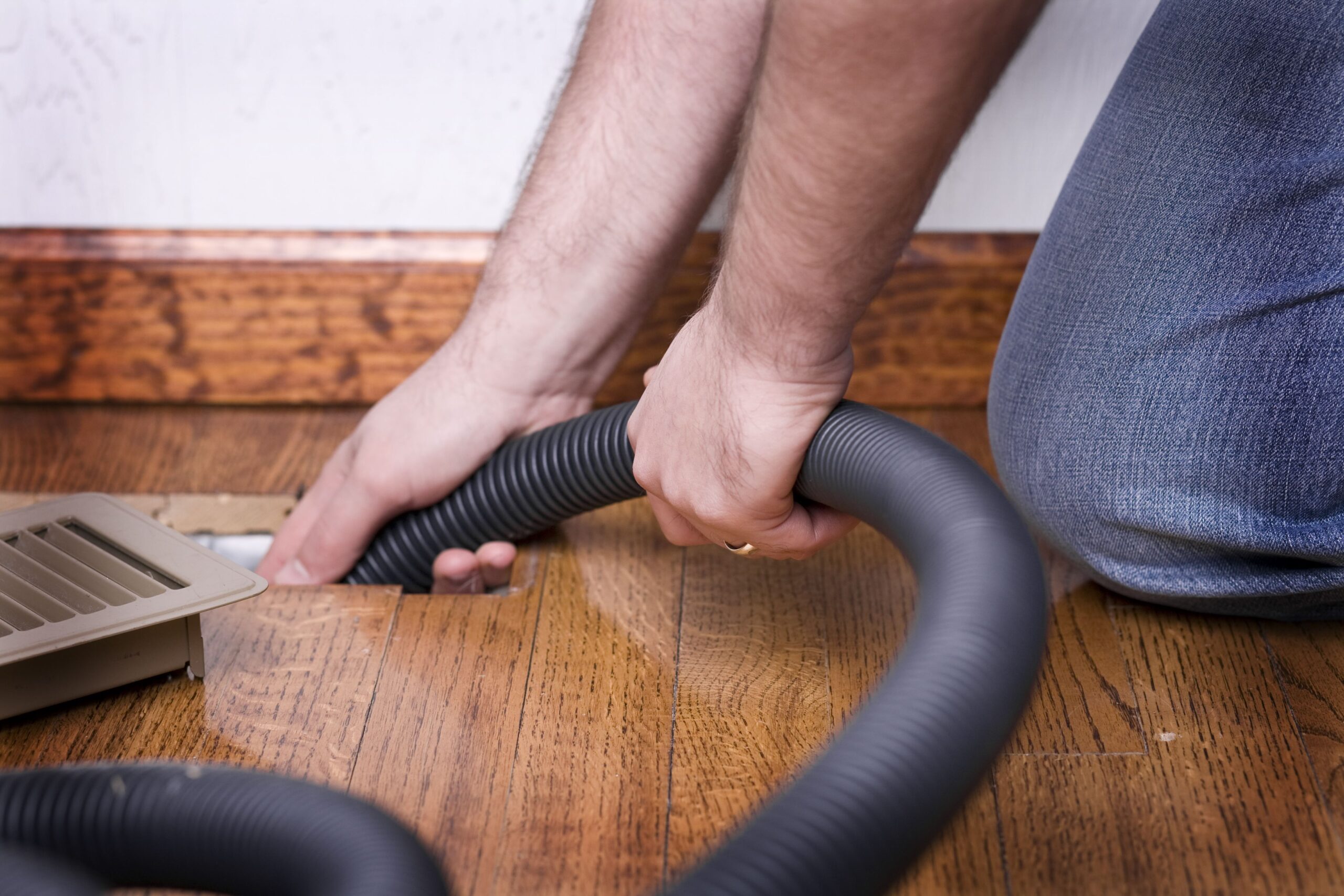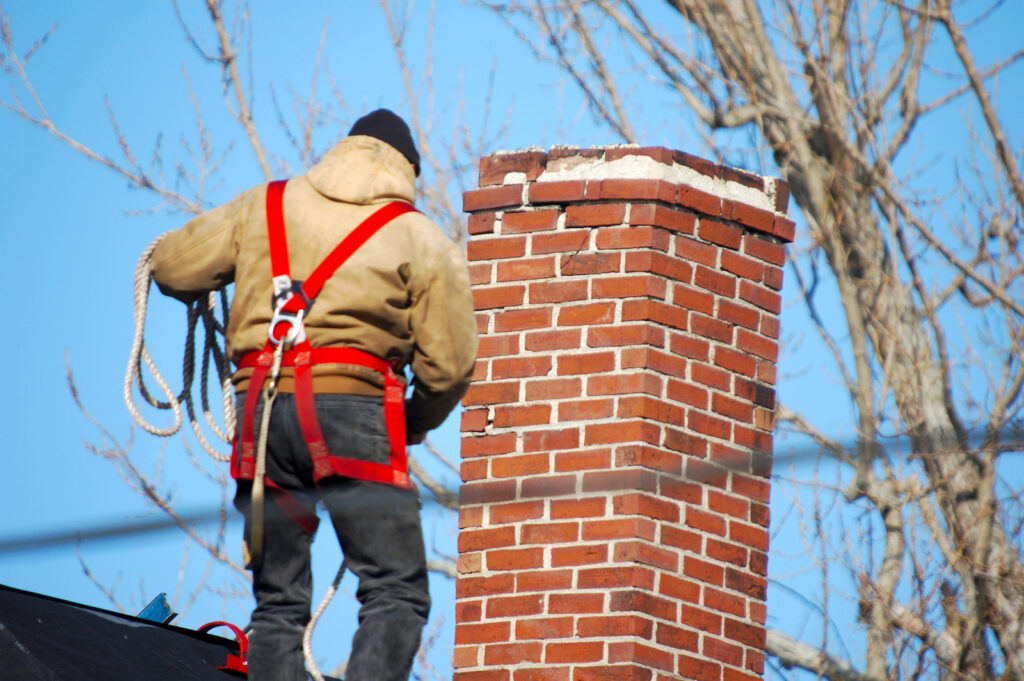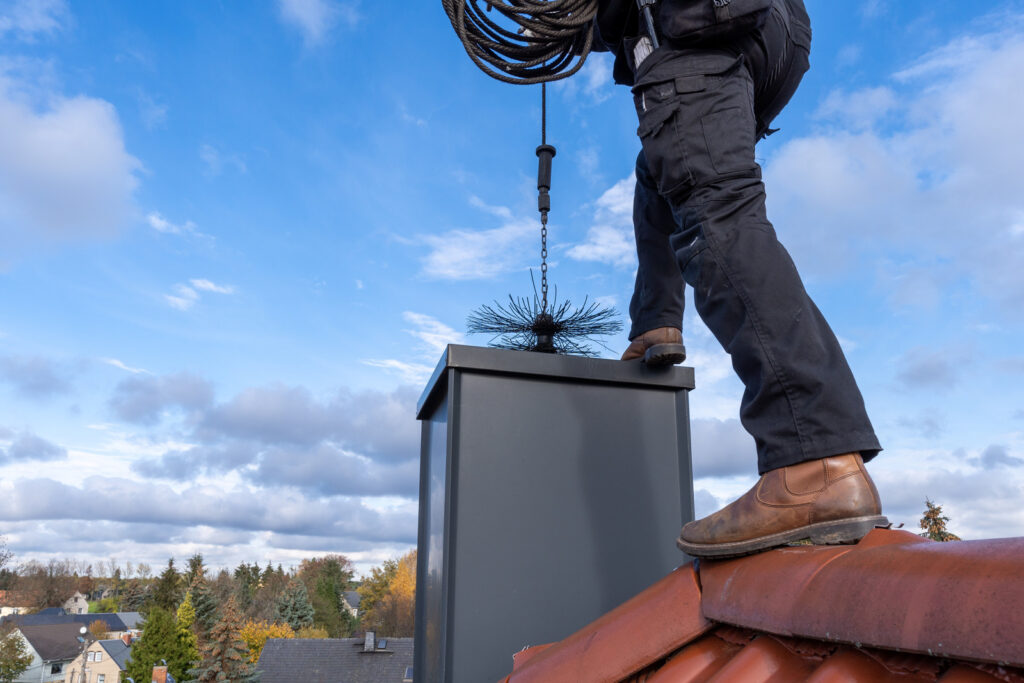
Any season can’t resist a warm hearth’s allure to a house. Chimneys, like every other part of your home, require routine upkeep. In addition to detracting from the architectural appeal of your house, a faded or broken chimney may also present safety risks if left unattended.
You’ve come to the correct spot if you’re having problems and are wondering how to fix a chimney. This article aims to provide you with information on frequent issues that can harm your chimney and practical solutions.
Nothing compares to the cozy and welcoming atmosphere created by a well-kept fireplace. However, keeping this cozy ambiance while guaranteeing the security of your house depends on knowing when chimney repair is necessary.
Let’s begin by going over several telltale indicators that you should think about having your chimney repaired:
Knowing these symptoms can help you know when to seek professional assistance. This can help maintain your chimney operating at peak efficiency and extend its lifespan by taking care of any minor issues before they become bigger.

Now that we know the warning indicators let’s get on to the primary subject of our blog article. We will discuss how to take care of these indications in this part. Now, let’s get going.
One of the most frequent problems you may have, particularly with masonry chimneys, is chimney cracks.
“chimney spalling” describes the degradation, chipping, or flaking of masonry or bricks on the chimney’s outside.
Remember the following procedures to fix spalling:
Leaks are a homeowner’s worst nightmare, whether from the roof or chimney. Chimney cracks can allow moisture and water in, as we have covered. One reason for leaks is damaged flashing, among other things. Water seepage into your home can also occur when the chimney flashing is damaged, fitted incorrectly, or ages over. The chimney flashing needs to be replaced or resealed as soon as possible to prevent other problems and halt this.
As discussed above, white staining on the chimney can lessen the roof’s curb appeal. Maintaining a chimney’s structural integrity and aesthetic appeal requires treating any efflorescence or white stains on its surface.
Identify and address moisture sources. Look into leaks and seal the area properly to stop water seepage. Then, use a mild detergent solution to thoroughly clean the affected area.
To prevent recurrence, use specialized cleaners by product instructions, think about more aggressive techniques for stubborn stains, and put preventive measures like waterproof sealants into place.
Fixing a leaning chimney guarantees that it stands tall and solid and continues to function, much as straightening a crooked structure is essential for stability.
To prevent further leaning, the chimney may need to be straightened, secured, and have its foundation reinforced to stabilize it. To guarantee the stability of the chimney, methods like rebuilding sections of it, adding support brackets or anchors, or underpinning it may be used.
In addition to bringing a leaning chimney stack back to balance, repair work guarantees the structure’s durability, functionality, and safety.

An expert eye is still necessary to spot many minor abnormalities, even if you are skilled at spotting warning indications. This is the reason routine chimney inspections should never be disregarded or undervalued. Since inspections keep you abreast of upkeep and repairs, they’re one of the ways you may avoid future expensive chimney repairs.
Furthermore, the number of checks should align with the number of times you use your fireplace. For example, chimneys used frequently throughout winter typically require an annual inspection.
But if it’s used sparingly, once every other year will do if an inspection is scheduled.
Ultimately, these routine inspections are essential for avoiding significant repairs, guaranteeing efficiency, and assuring safety.
In summary, chimney repair is important for your family’s comfort and safety as well as for the structural integrity of your house. Maintaining your chimney properly not only keeps possible dangers like fires and carbon monoxide leaks at bay but also extends the life and effectiveness of your heating system. Chimney repair needs must be attended to as soon as possible, regardless of the nature of the problems—cracks, leaks, or others. Setting chimney care as a top priority guarantees that your house will remain a secure and inviting retreat for many years, regardless of whether you decide to handle repairs or hire experts.